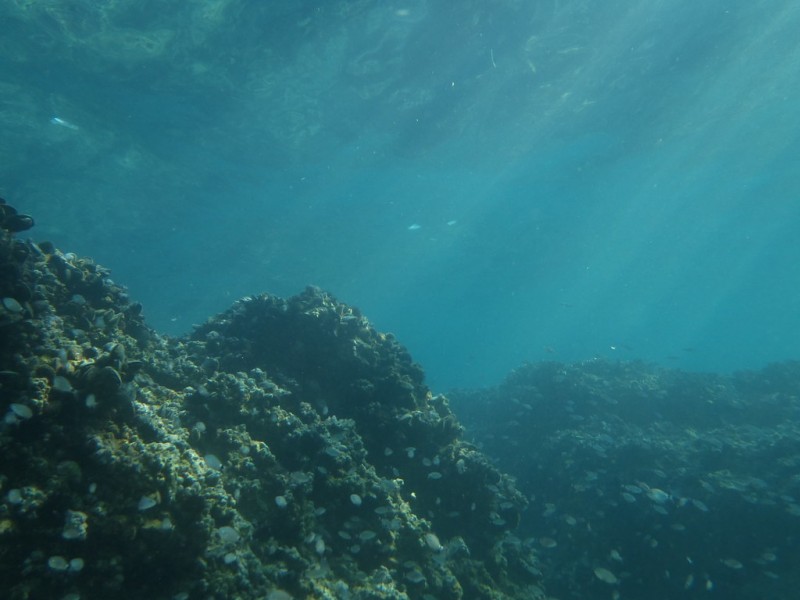
In a remarkable follow-up to their successful lunar mission, Indian scientists are now gearing up for an extraordinary deep-sea adventure under Project Samudrayaan. This mission aims to send three individuals on a daring expedition 6,000 meters beneath the ocean's surface, all within an indigenously crafted submersible. The objective? To explore the depths of the ocean for valuable metals and minerals, setting the stage for groundbreaking discoveries.
To make Project Samudrayaan a reality, scientists at the National Institute of Ocean Technology (NIOT) have been diligently working on the creation of Matsya 6000. This indigenous submersible has been in development for nearly two years, with every detail meticulously scrutinized.
The development of Matsya 6000 involves a comprehensive review of its design, materials, testing procedures, certification requirements, redundancy systems, and standard operating protocols. These rigorous measures ensure that the submersible can withstand the immense pressure and harsh conditions it will encounter in the deep ocean.
The excitement surrounding Matsya 6000 is building as the submersible is slated to undergo its inaugural sea trials. These trials will take place in the Bay of Bengal, just off the Chennai coast, in early 2024. It's a significant milestone on the path to deep-sea exploration.
Matsya 6000 is not just about searching for valuable resources; it's a versatile research platform with a multifaceted mission. In addition to seeking out nickel, cobalt, manganese, and gas hydrates, the submersible will delve into the mysteries of chemosynthetic biodiversity in hydrothermal vents and low-temperature methane seeps in the ocean.
A critical component of Matsya 6000's design is a remarkable 2.1-meter-diameter titanium alloy sphere. This sphere is engineered to withstand pressures of up to 600 bars at a depth of 6,000 meters. It's a testament to the ingenuity of Indian scientists and their dedication to pushing the boundaries of exploration.
Operating at such extreme depths requires robust life support systems. While Matsya 6000 is designed for 12 to 16 hours of continuous operation, it carries a 96-hour oxygen supply, ensuring the safety and well-being of the crew during their deep-sea mission.
The ambitious mission, Project Samudrayaan, is set to be accomplished by 2026. When successful, India will join an elite group of nations, including the United States, Russia, Japan, France, and China, that have developed manned submersibles capable of exploring the ocean's depths.
In conclusion, Project Samudrayaan and the development of Matsya 6000 represent a giant leap for Indian science and exploration. As the submersible prepares to embark on its sea trials and the nation's scientists stand on the cusp of unlocking the secrets hidden beneath the ocean's surface, the world eagerly anticipates the discoveries that await in the deep blue abyss.
Gujarat's leading names Annu Patel and Naiya Patel launches Annaya's on Friendship Day